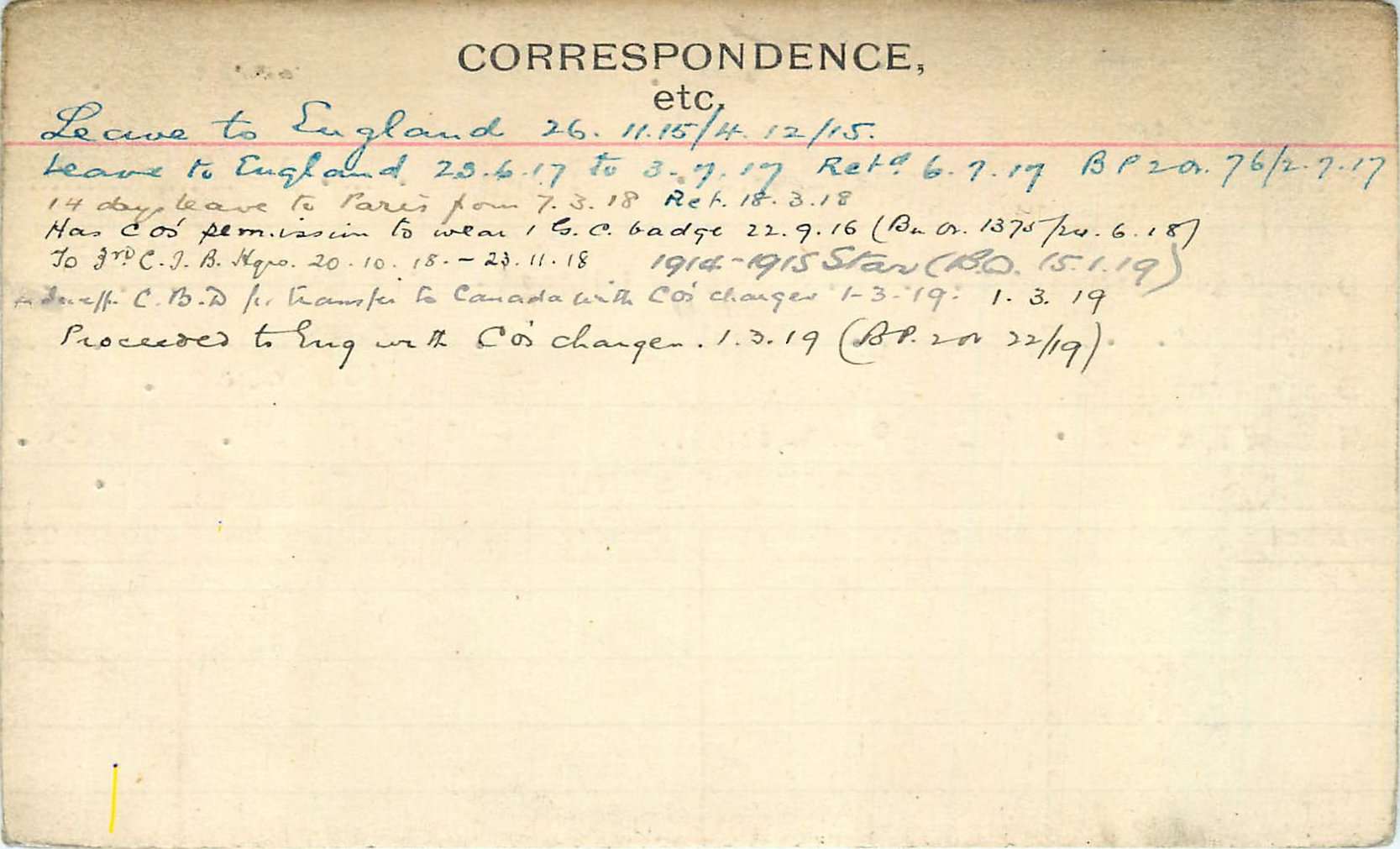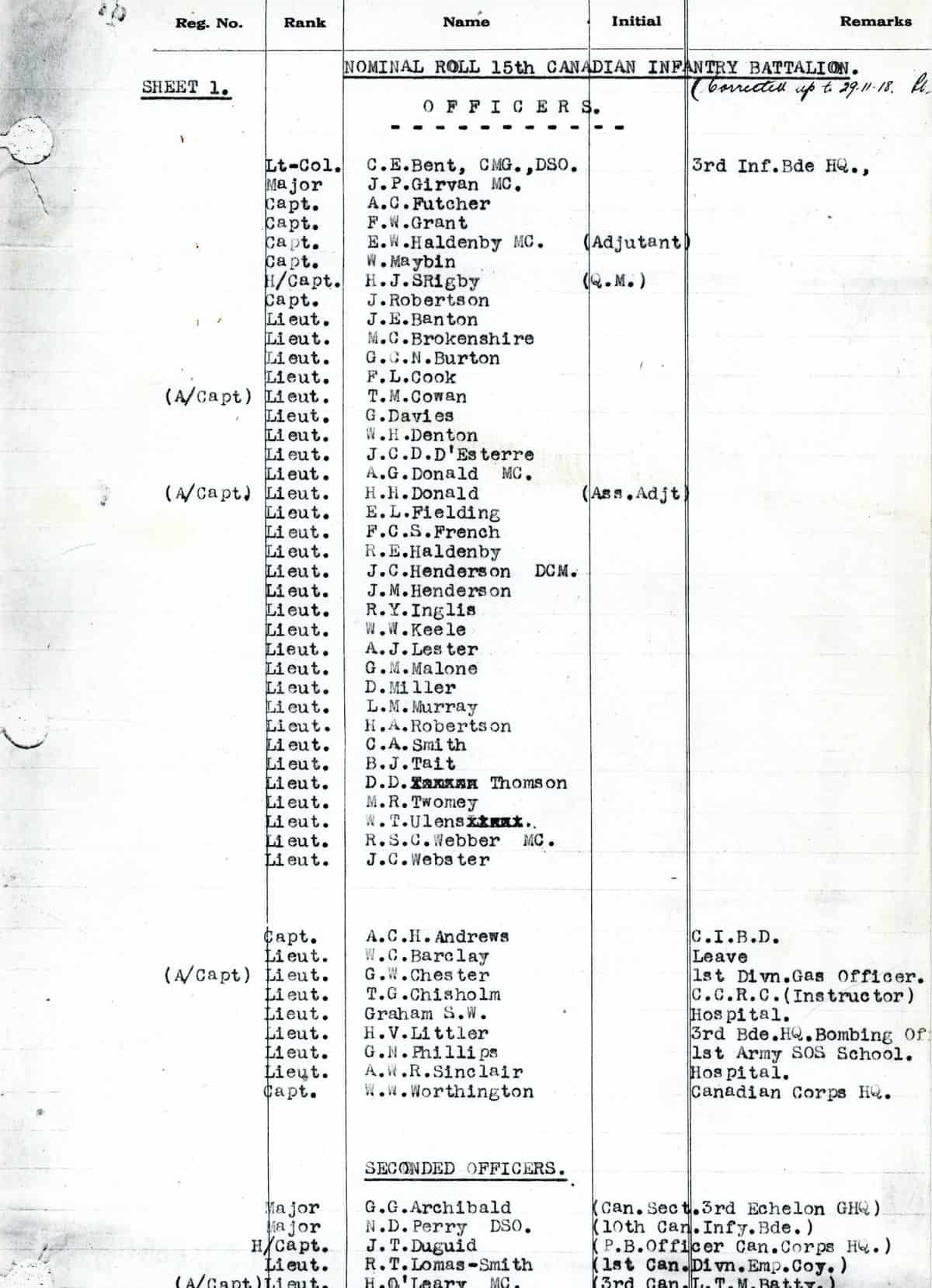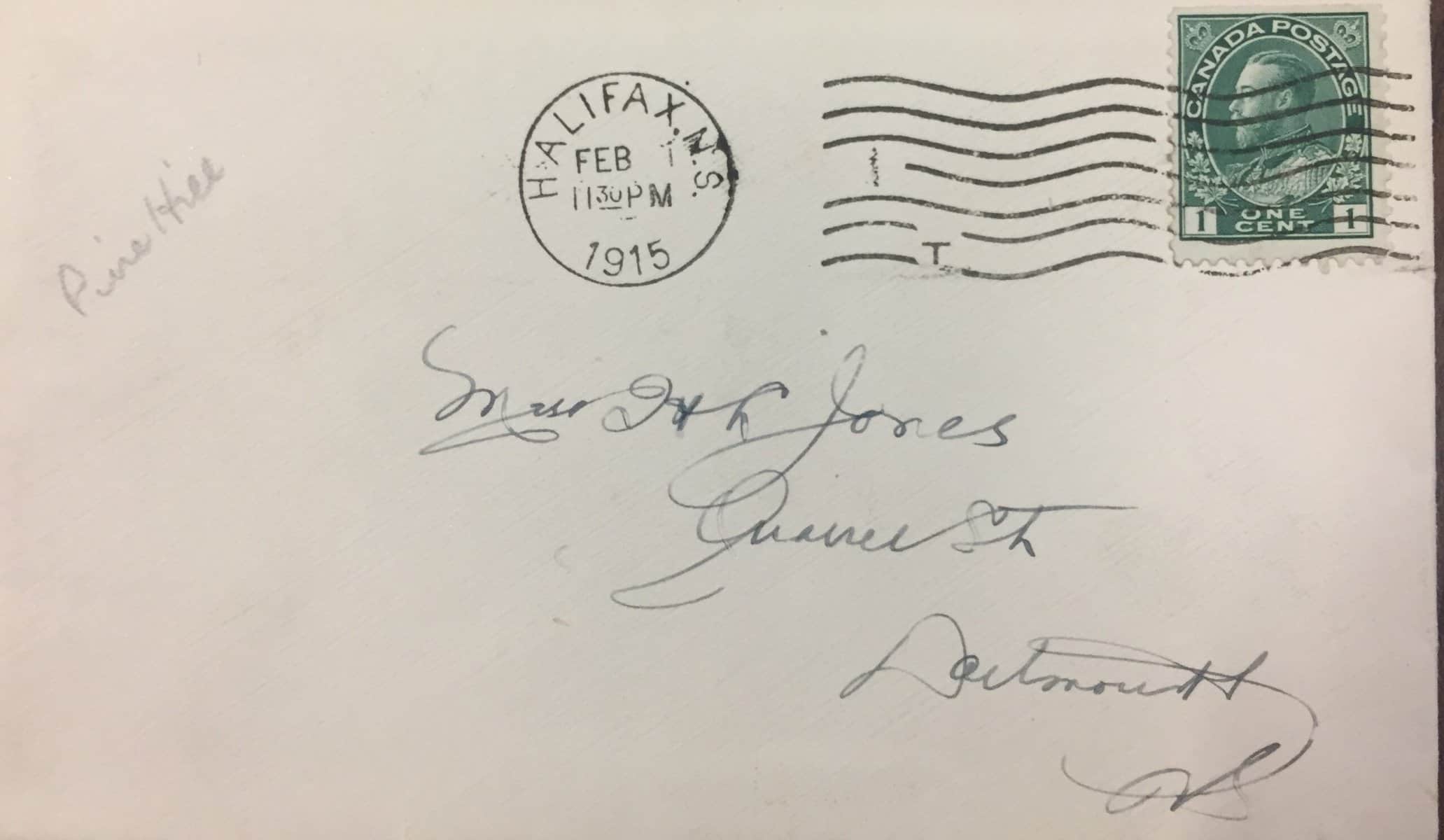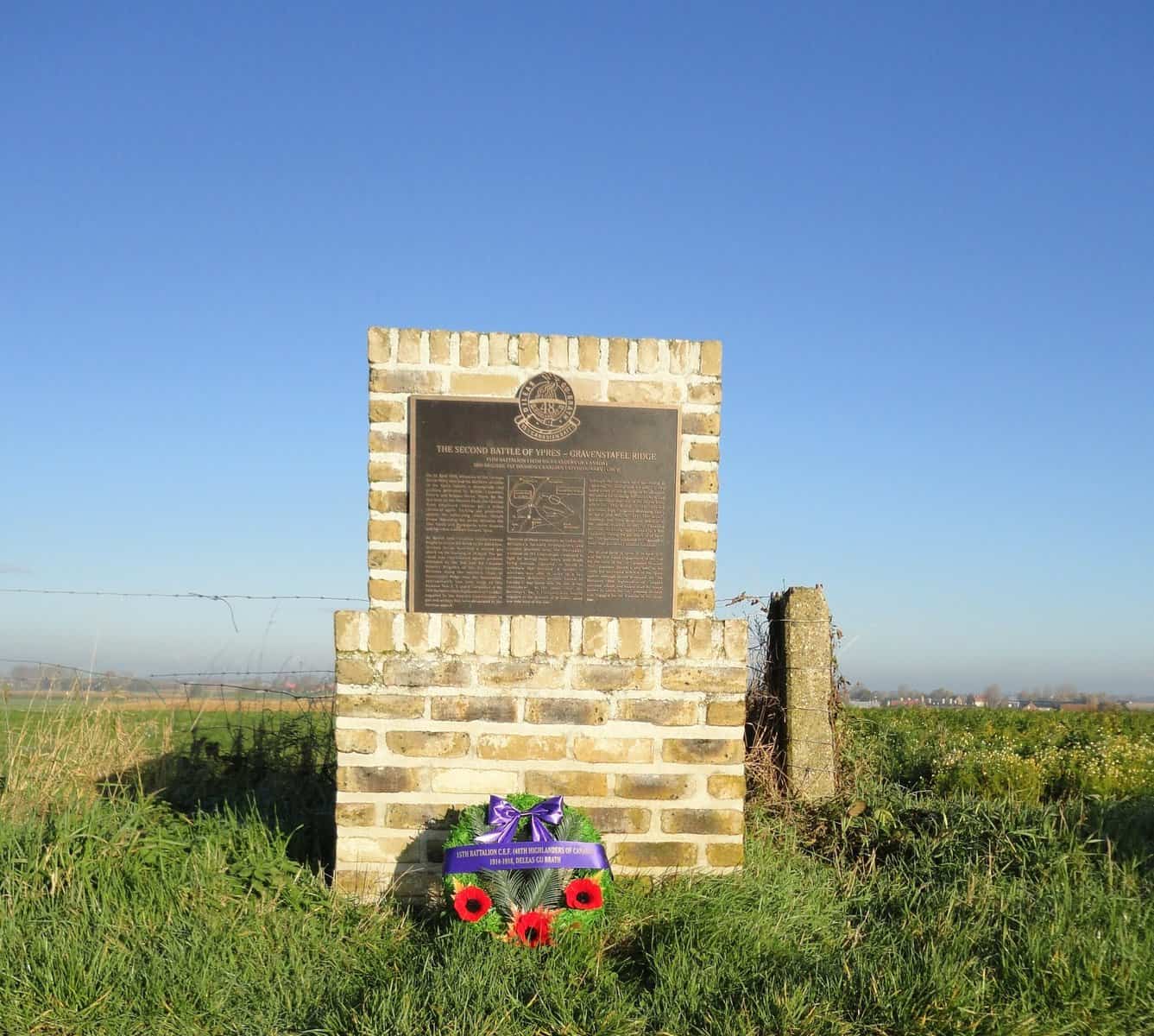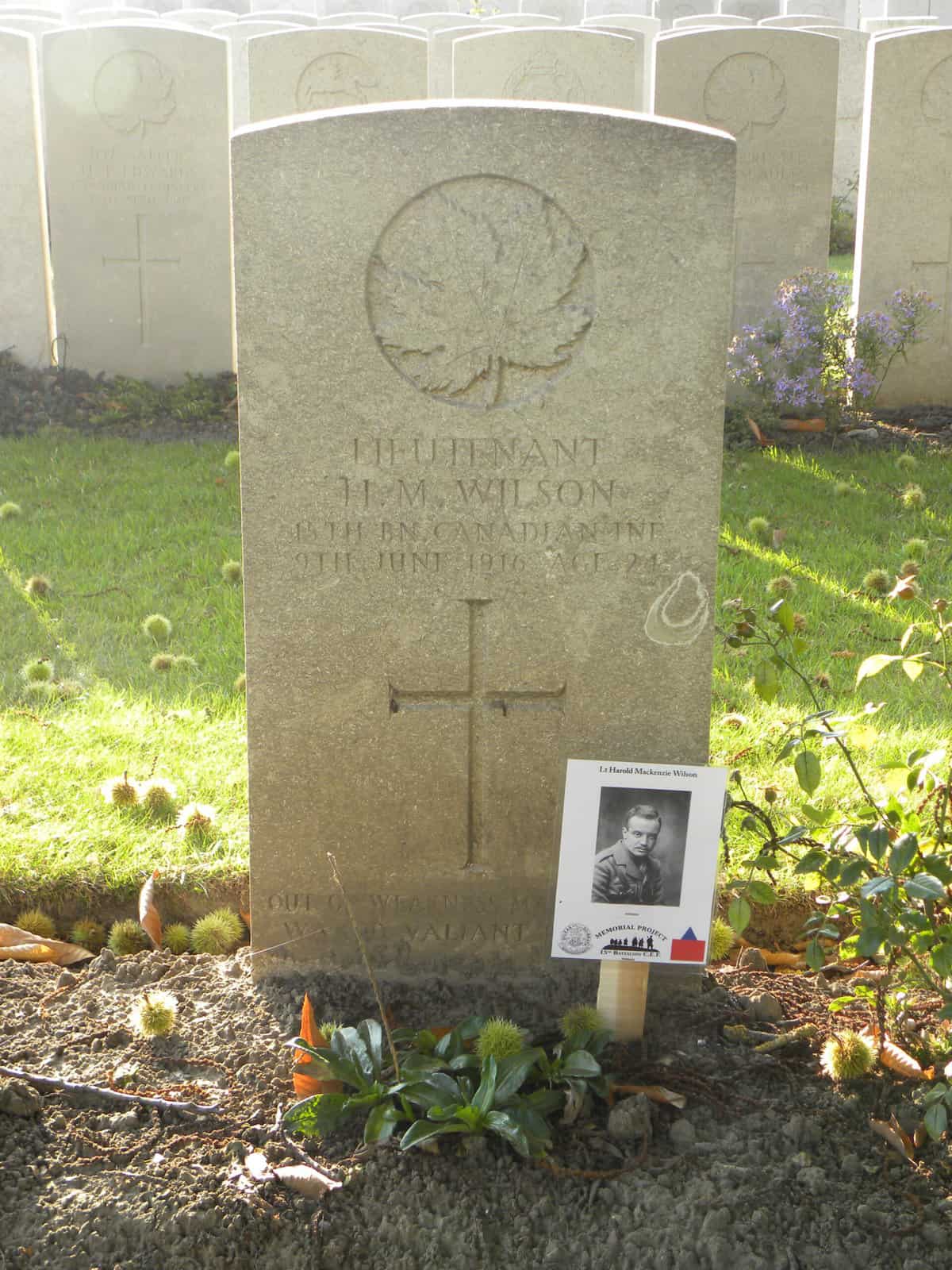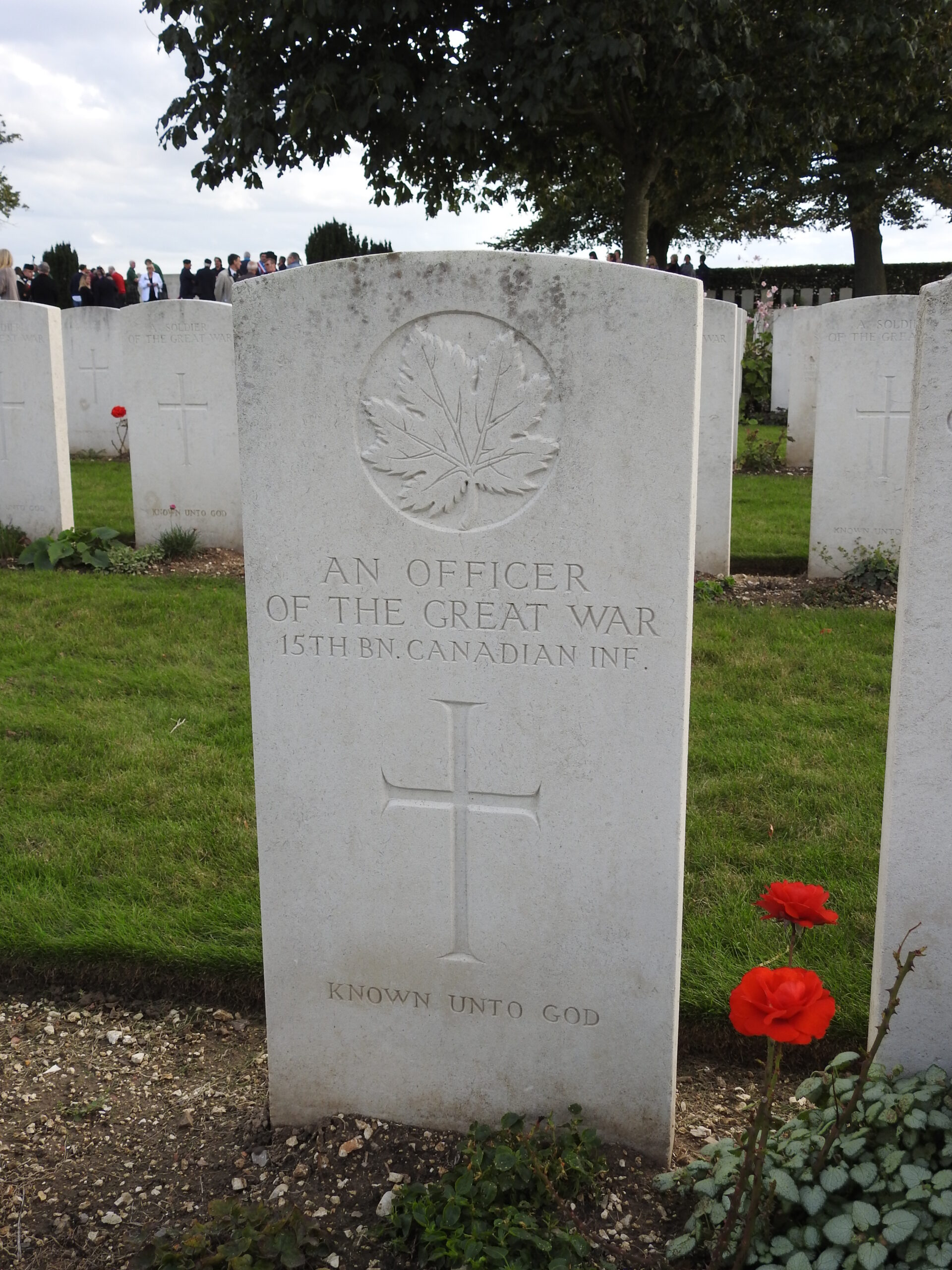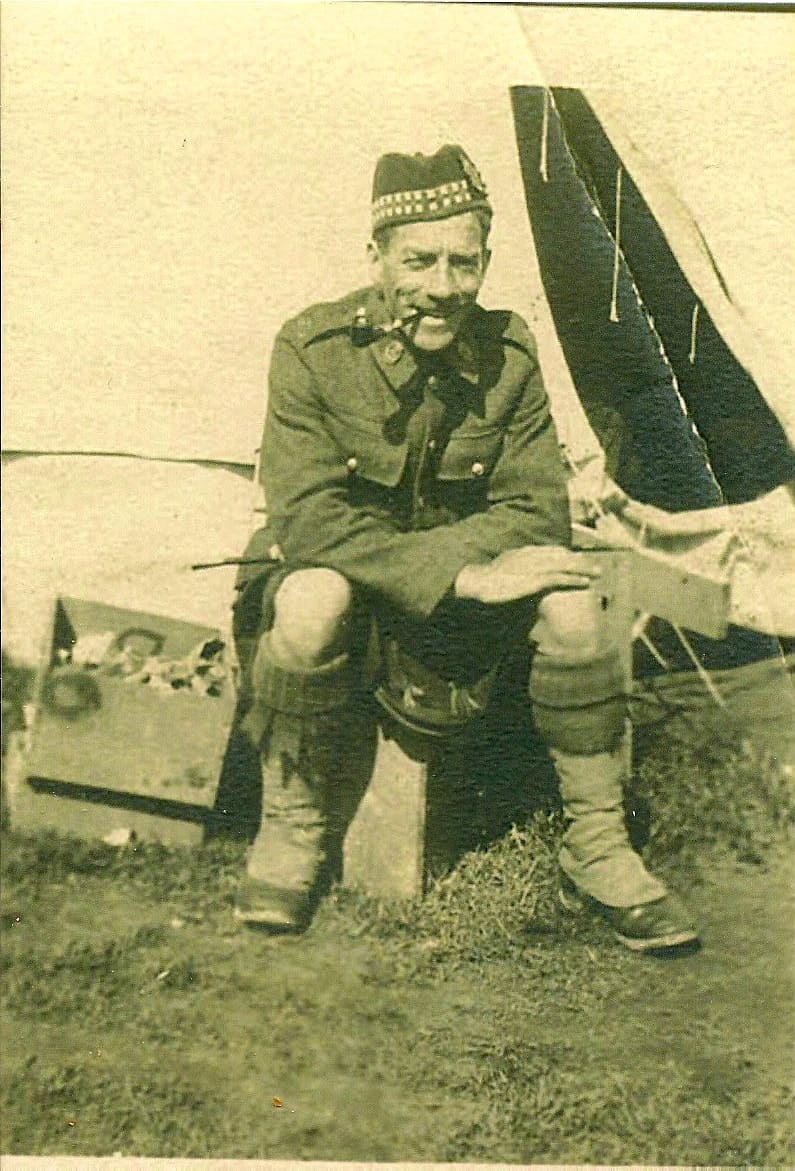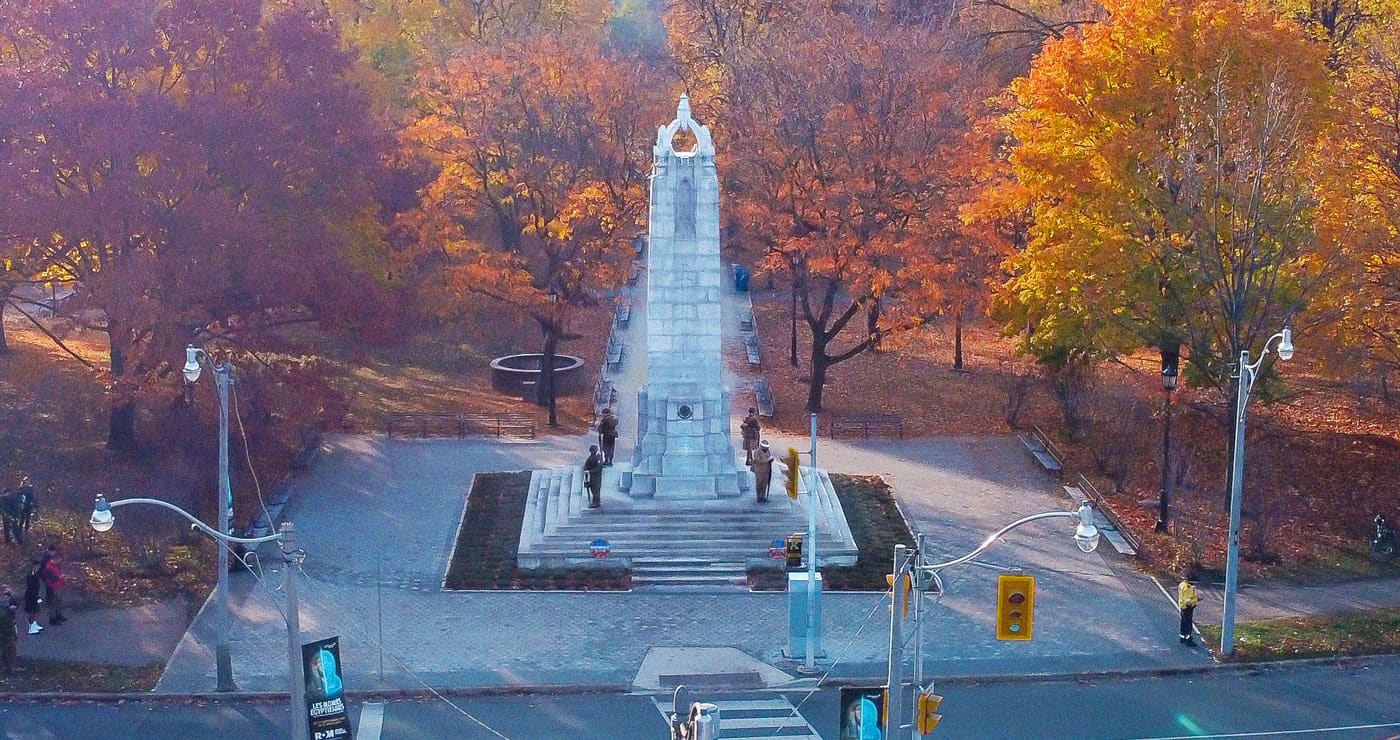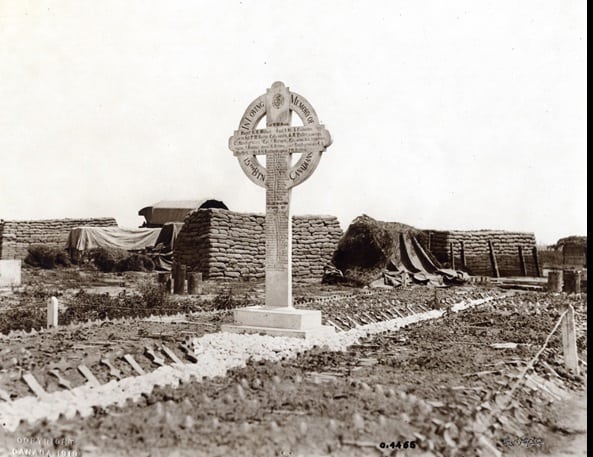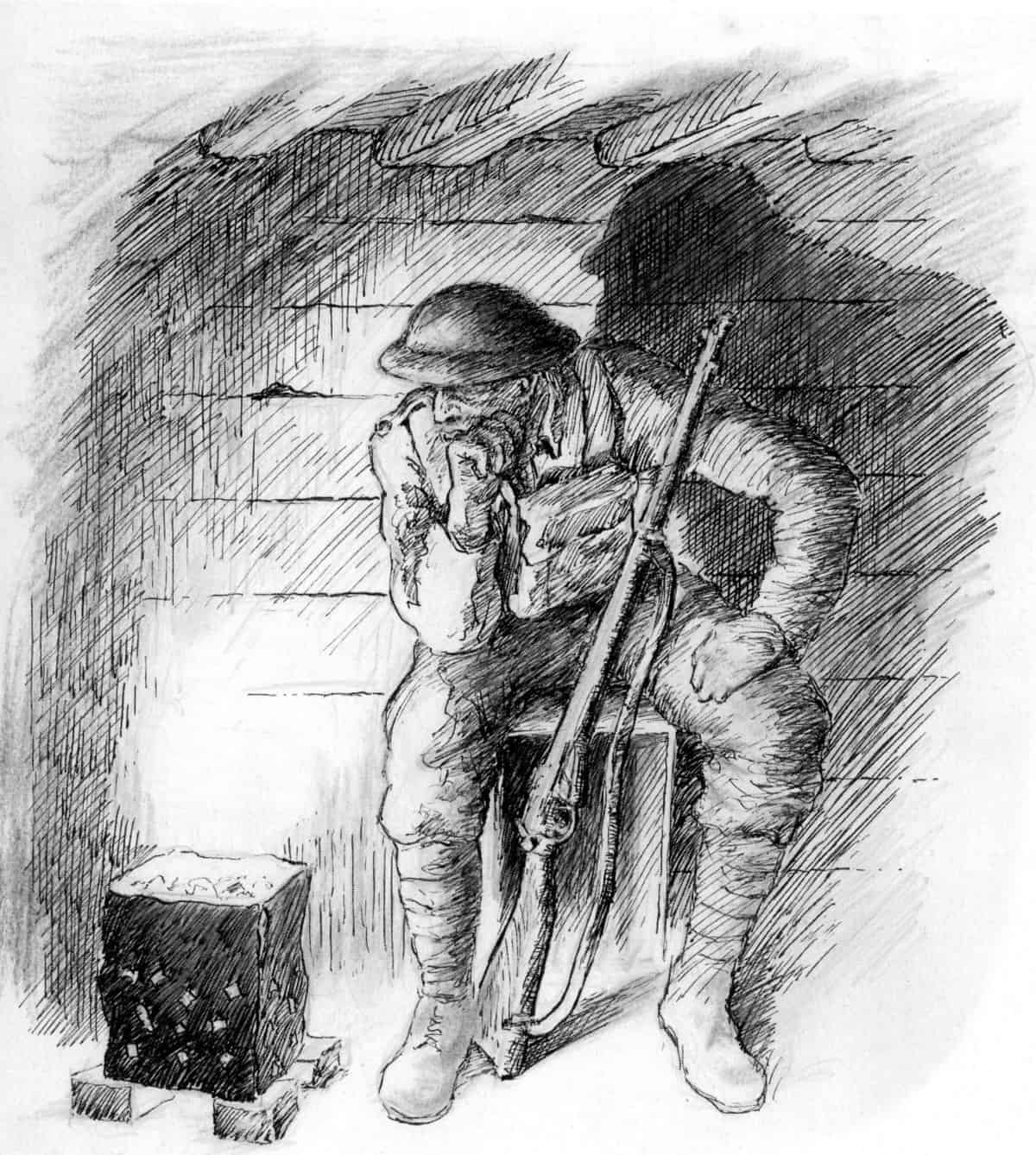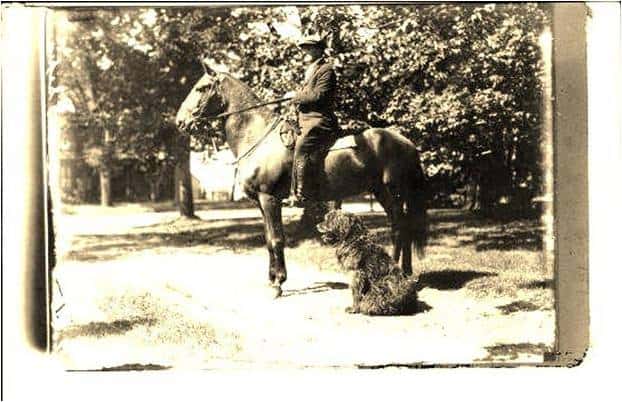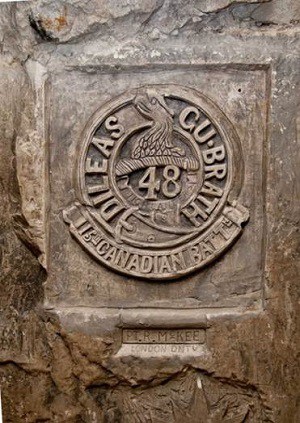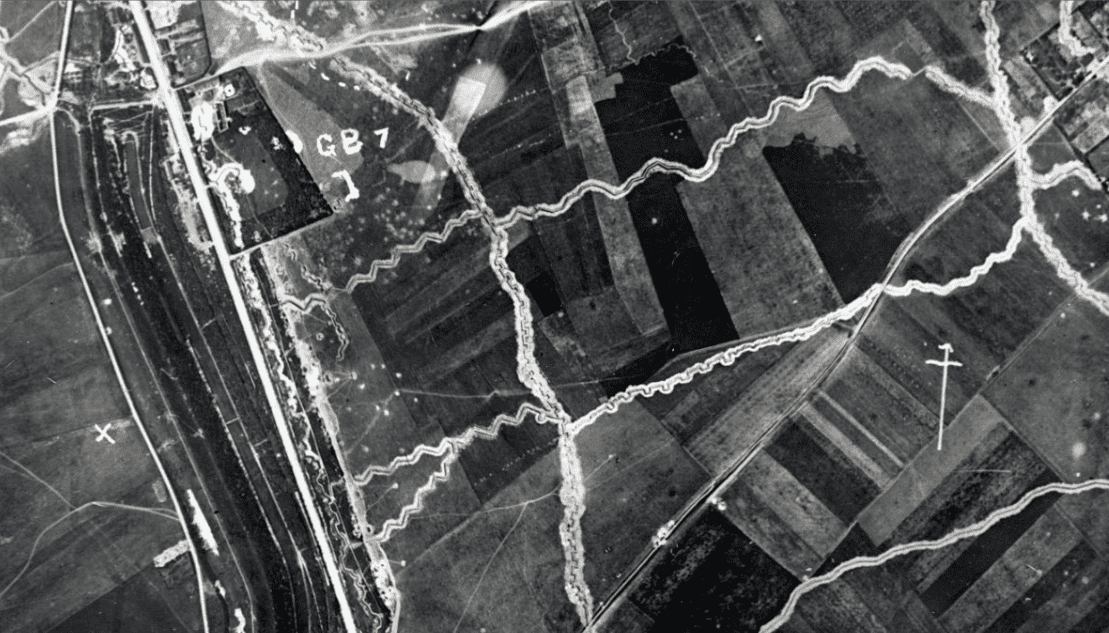1918, the final year of the Great War, started out with a long period of trench tours and ended with a series of successful offensive operations which finally broke the stalemate of trench warfare and brought about the end of the war. January to end July 1918 saw the 15th Battalion in the familiar routine of trench tours that had the unit rotating between front line trenches, support trenches and rear rest areas. Those trench tours were mainly in sectors near Arras and Loos such as St Emile, Fampoux, Gavrelle and Telegraph Hill.
In early August, the Canadian Corps shifted to the Amiens area in preparation to spearhead the first phase of a series of offensive operations that would become known as ‘The 100 Days’. The battle of Amiens, in which the 15th Battalion operated as close support assault battalion, opened on August 8th and by August 9th the surprised German units had been successfully driven back 12 Km. The Canadians quickly shifted from Amiens to the Arras area to continue offensive operations now against the heavily defended Hindenburg Line attacking on a four-mile frontage between the village of Neuville Vitasse and the River Scarpe.
The 15th Battalion ‘opened the door’ to the Drocourt Queant Line on September 1st by assaulting and capturing The Crow’s Nest near Hendecourt . On September 26th, the battalion took part in the Canadian assault crossing of the Canal du Nord and it captured the town of Marquion. From the end of September, the battalion took part in the pursuit of the retreating German Army and following the Armistice on November 11th, it marched to the German border, crossed The Rhine and as part of The Occupation Force, took up positions in the Cologne bridgehead area around the town of Engelskirchen.

D’Esterre Collection

LAC 2598, 2599.

LAC 2598, 2599.


Regimental museum P0265.

Regimental museum P0265.

Regimental museum

Regimental museum

Regimental museum

Regimental museum

Regimental museum

Bent collection

Bent collection



